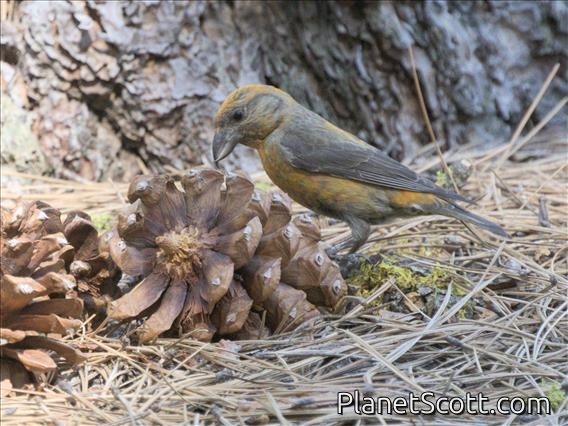Red Crossbill (Loxia curvirostra)

Red Crossbill (Loxia curvirostra)
×


Red Crossbill (Loxia curvirostra)
About Red Crossbill (Loxia curvirostra)
- Kingdom: Animals
- Phylum: Chordates
- Class: Birds
- Order: Perching Birds
- Family: Cardueline Finches and Allies
The red crossbill or common crossbill is a small passerine bird in the finch family Fringillidae. Crossbills have distinctive mandibles, crossed at the tips, which enable them to extract seeds from conifer cones and other fruits.
Source: Wikipedia
Trips
Visits
-
2008-11-17
Skylawn Cemetary, United States of America -
2015-01-19
Lake Merced , United States of America -
-
-






